Where do you live: Surrey, England.
Describe your art in three words: Ideally I’d like it to be seen as: Observant, considered and fun.
Your discipline: Primarily what is considered Street Photography but it’s often portrait, travel or still life (which often falls into the Street category anyway). I also take some landscape photographs.
Instagram
What inspired your fascination with capturing moments in urban environments that people typically overlook?
My favourite location, certainly for photography, is the city. There’s so much that’s fascinating going on pretty much constantly. People in cities tend to be concentrating on a particular task and don’t truly see what’s happening around them. As such, there tends to be a wealth of potentially interesting images that remain unseen. Being able to capture this is my key inspiration.
My love of photographers like Daido Moriyama, Cartier-Bresson and others who found inspiration in urban settings also played an important part.
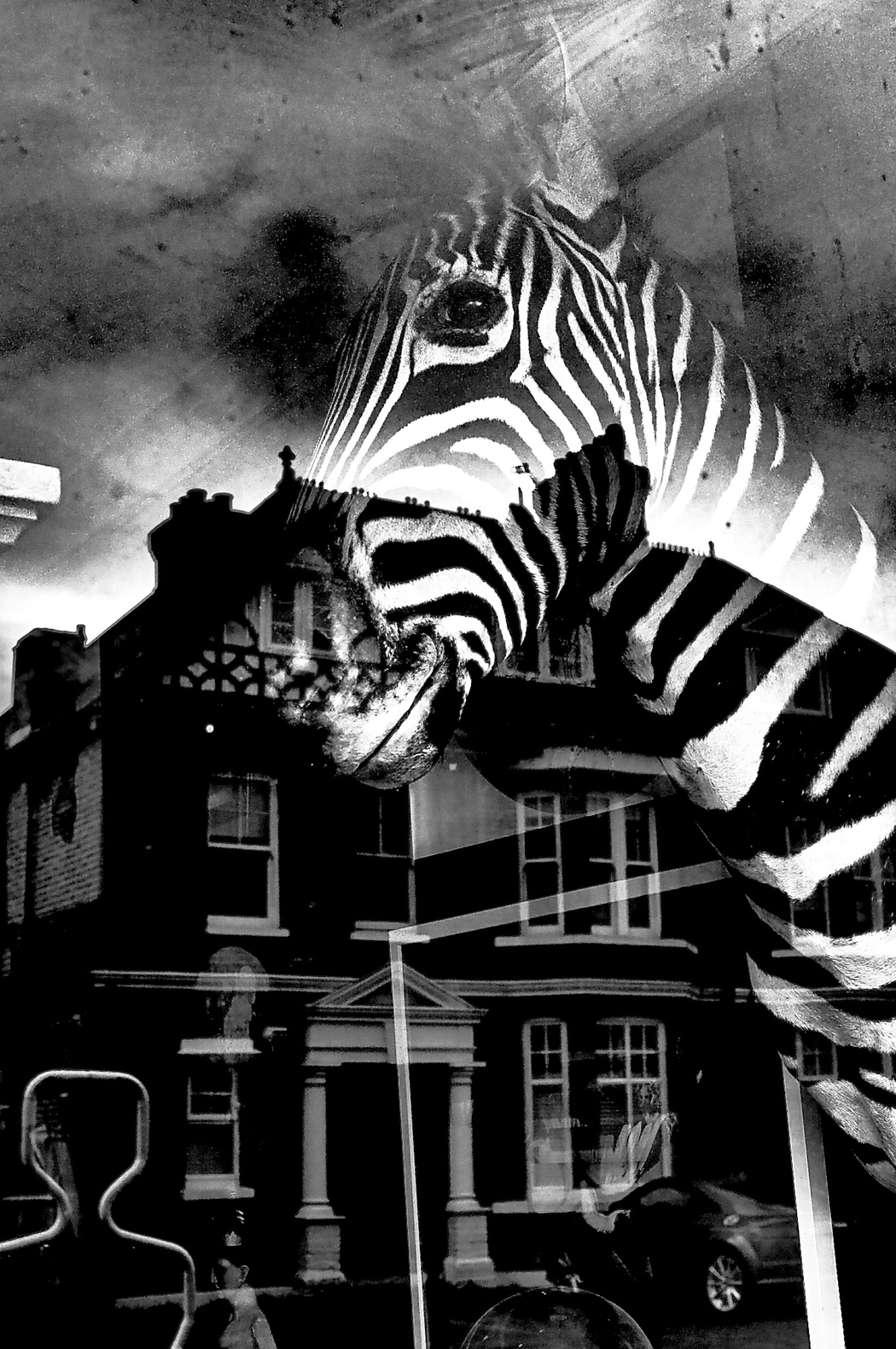 Can you describe your approach to finding these “unseen” moments? Do you have a specific process or routine when you’re out shooting in the city?
Can you describe your approach to finding these “unseen” moments? Do you have a specific process or routine when you’re out shooting in the city?
Getting into a highly focussed zone where your prime driver is identifying the visually exciting. It’s important to always be ready with a preset camera to hand. You should be holistically aware – looking for unusual angles, spotting suitable lighting and being proactive; trying to predict how people will move and situations develop.
There are certain places that tend to be better suited to my style of photography. These are often where people are travelling or relaxing.
Your work often focuses on capturing everyday scenes. How do you ensure that these ordinary moments stand out in a photograph?
Capturing images that are seen but not noticed. Ideally, this is finding the different in the normal. The best way to do this is being super aware of what’s going on but some photographic techniques can help enhance an image. For example, a shallow depth of field, blurring with a slow shutter speed, using leading lines, isolating the main interest in different light and using negative space.
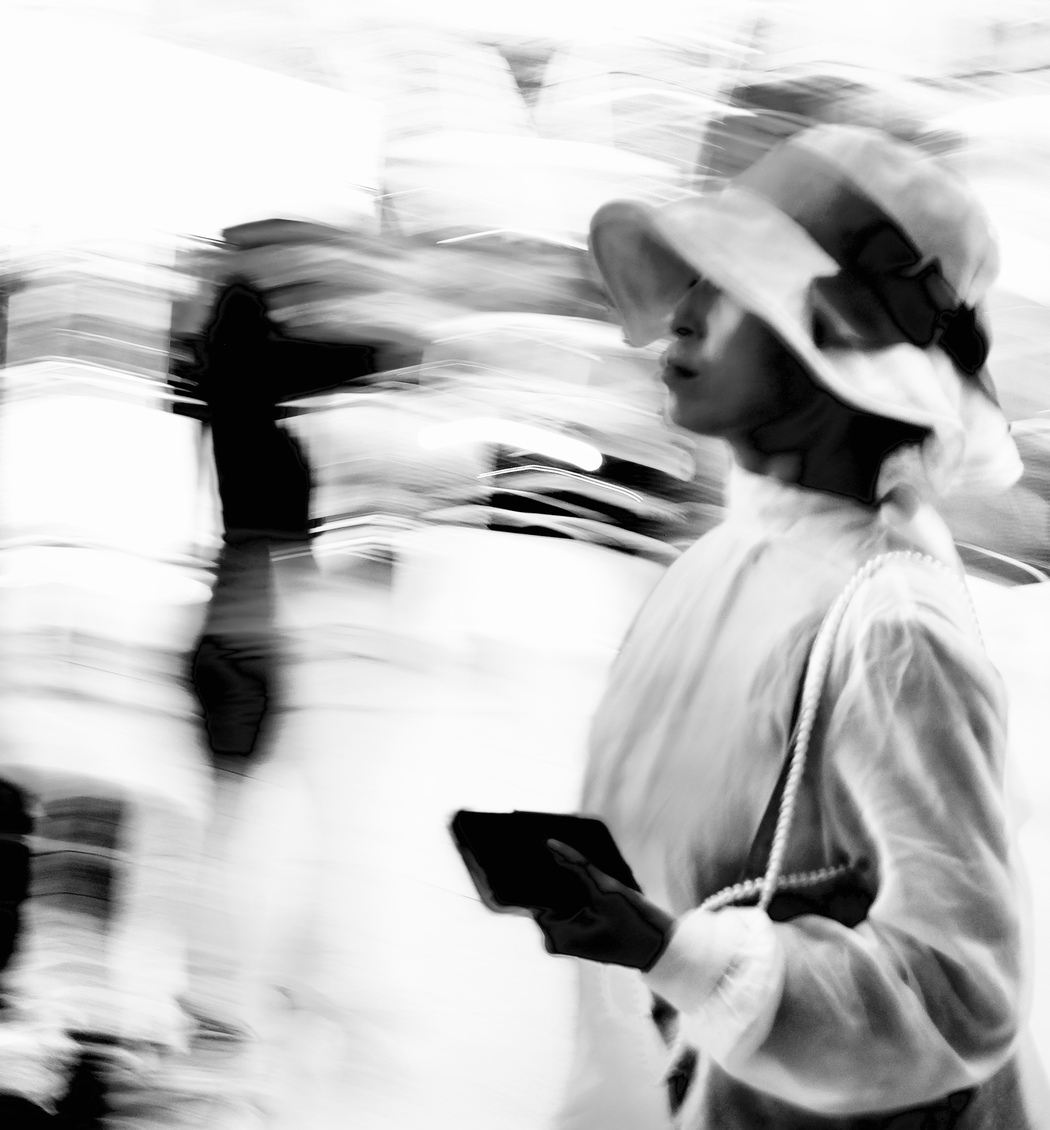 What role do you think photography plays in drawing attention to the unnoticed aspects of life around us?
What role do you think photography plays in drawing attention to the unnoticed aspects of life around us?
It can have a role to play but probably only to a minority. It’s getting more difficult with the volume of photographs on social media and so many over-manipulated and AI generated images that will be more impactful than most images my peers or I could hope to capture.
Do you feel there’s a particular message you are trying to convey with your “Unseen City” series?
I’d be pleased if my photographs change the way viewers consider what’s going on around them. If they see something intended, notably humour, I’d be delighted.
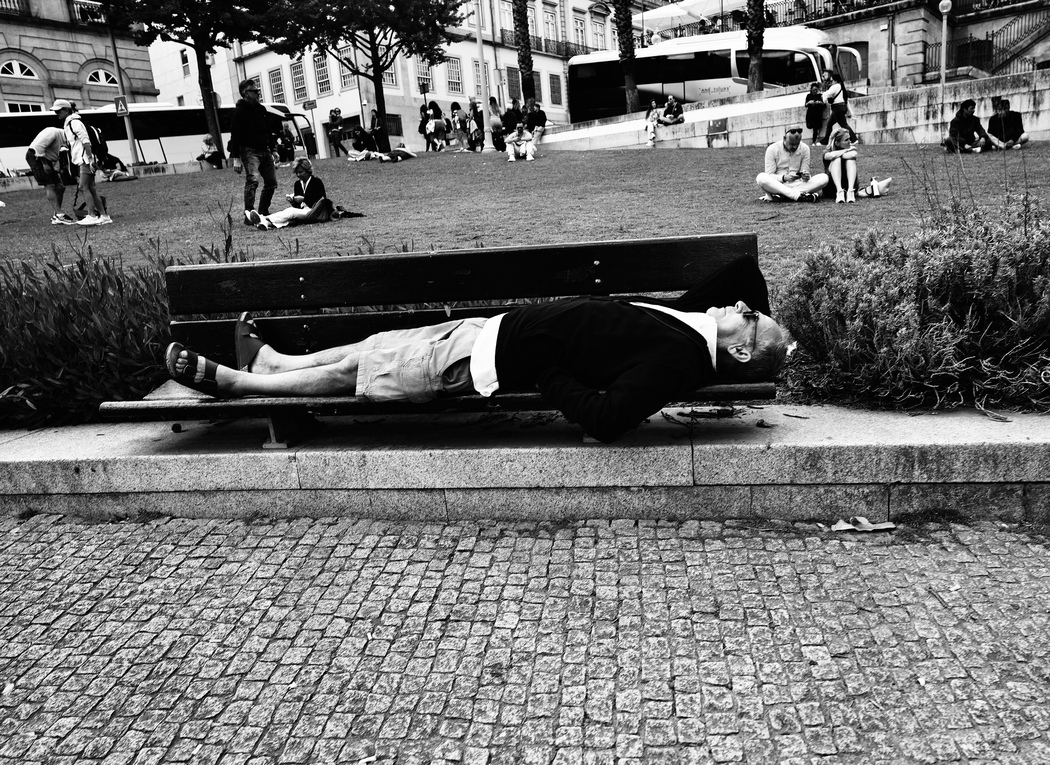 How do you decide which images to capture in such busy environments?
How do you decide which images to capture in such busy environments?
My moto is “Just take the bloody photo.” There’s far too much faffing around with so many photographers trying to take the perfect image at the decisive moment or trying to tell a story; this is not practical or achievable most of the time. I recommend taking lots of photos and getting as close to perfection as circumstances reasonably allow.
I’m not overly patient and am not prepared to wait in the same spot for an age; there will be more exciting stuff elsewhere that you’re probably missing.
A bigger issue for me is how much to include in the final image. In Street Photography balancing the main point of interest with the overall feel of the scene is a constant challenge. I am probably guilty of excessive focus and cropping. This isn’t helped by Instagram where subtleties are lost in the small image.
I do my best to avoid any demeaning photographs or images of the obviously disadvantaged.
Do you work instinctively or do you have a particular vision in mind?
Instinctively. I’m usually wandering and hopeful of finding something of interest. On the perfect day, I return with a card full of exciting images that I could not have imagined.
I like building up themes for future series of photographs and this can influence my work during the day.
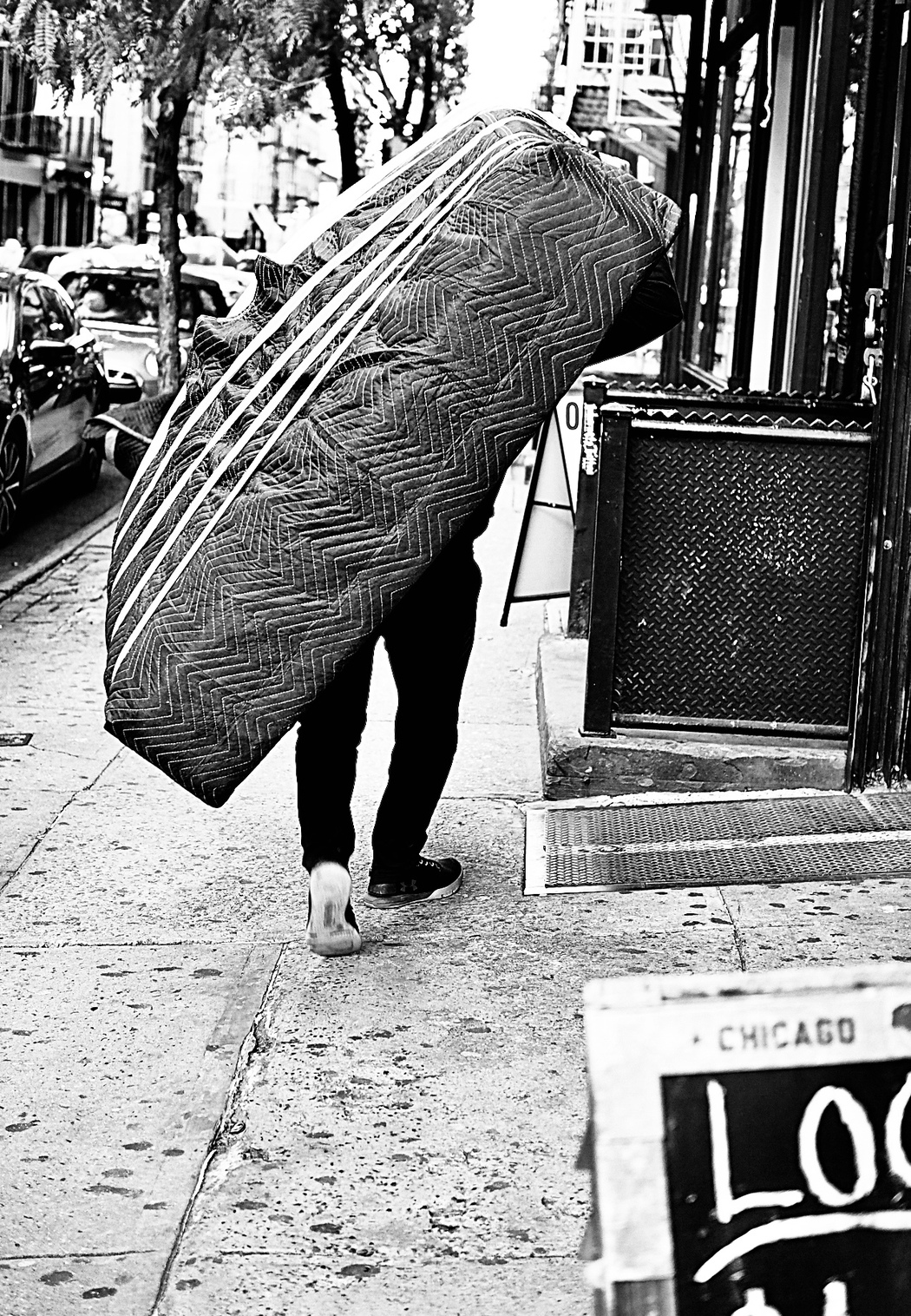 How do you balance the need for spontaneity with the technical aspects of capturing a high-quality photograph?
How do you balance the need for spontaneity with the technical aspects of capturing a high-quality photograph?
Spontaneity is far more important.
With my type of photography, the technical aspects are overrated and even more irrelevant with the current generation of cameras and phones. As so many outstanding historical photographs (when everything was manual and often not technically great, certainly in today’s terms) show, it’s about capturing the image; the quality is secondary. A suboptimal quality photograph is better than no photograph!
With the latest autofocus technology, image stabilisation and various auto settings, it’s increasingly difficult to take photos with poor image quality. If you shoot RAW images, there’s even more ability to achieve decent results even if the exposure is several stops off.

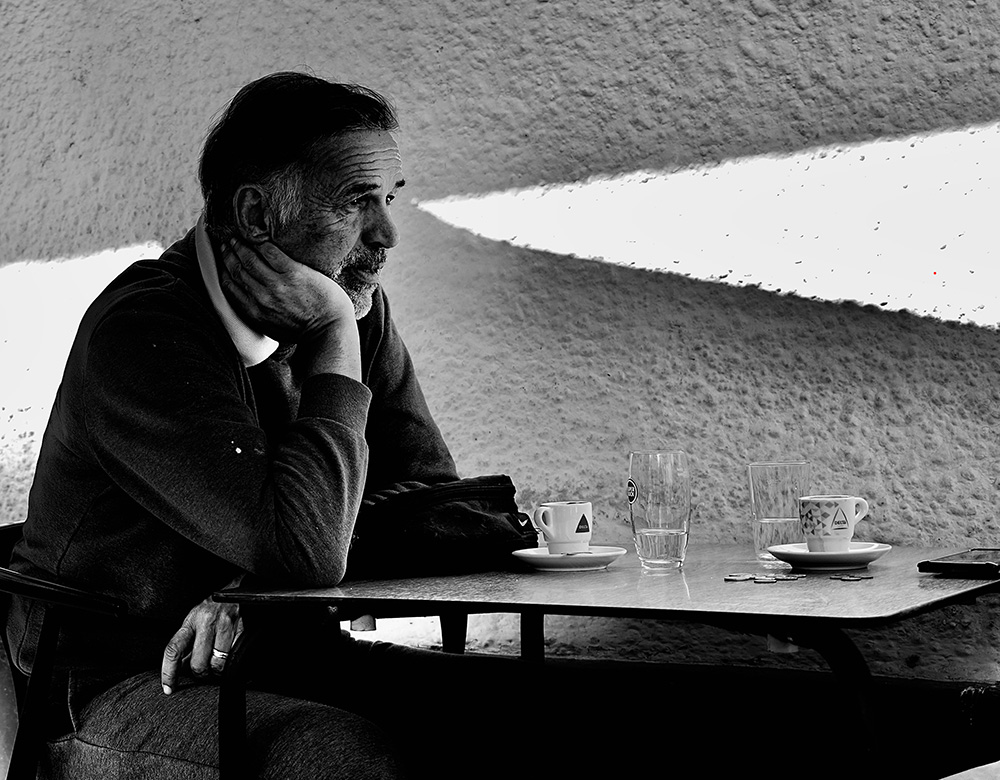
0 comments on “Simon Hillard”